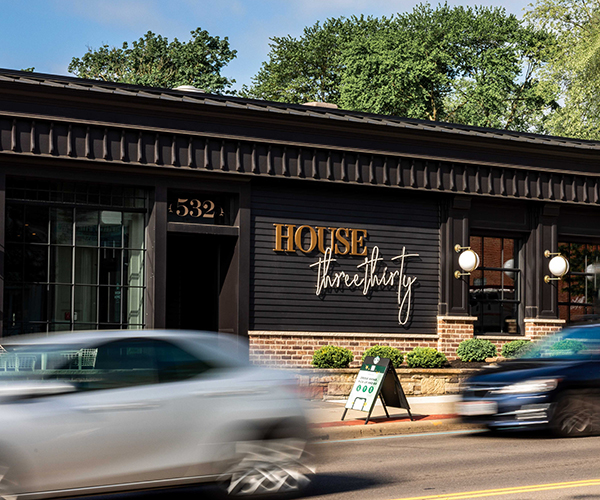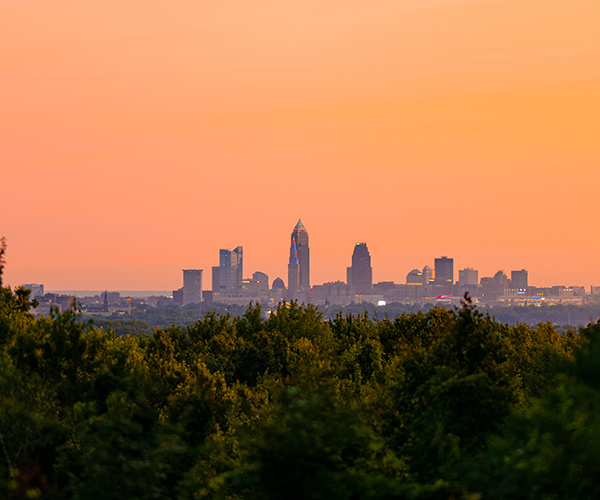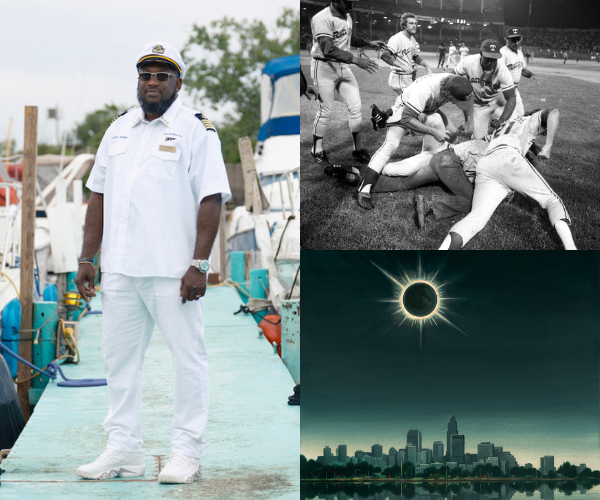Richard Ehrlich, executive director of the Western Reserve Historical Society, wants to correct a misconception. He says the WRHS is not moving the Crawford Auto-Aviation Museum downtown.
Yes, the University Circle-based organization has ambitious plans for a "New Crawford" to open in 2004 on a site adjacent to Burke Lakefront Airport. But it will not be the automotive museum Clevelanders have grown accustomed to over the decades. Ehrlich dismisses the current Crawford's orderly row upon row of polished antique and classic cars as "a parking lot." He says the institution is so dated that in many ways it belongs in a museum itself.
"We have a fine example of a mid-20th-century car museum here," he explains. "Unfortunately, we live in the 21st century now."
To correct that, the proposed Frederick C. Crawford Museum of Transportation and Industry (CMTI) will feature "immersive" environments, touch screens, computers, roleplayers, special effects and other communications techniques of the sort you find today "in theme parks as opposed to the traditional history museum," Ehrlich says. "So we're developing a museum downtown that will carry Fred Crawford's name, will be educationally valid but also be entertaining. We're looking for a combination of entertainment and enlightenment."
But an old guard of the Crawford's longtime backers has split from the institution over the plan, as well as over the sale of certain prized vintage cars to fund a "reorientation" of the collection to better reflect the new CMTI mission. Men who over the decades each donated money, stocks, automobiles and services totaling five, six and in at least one case seven figures have resigned from positions on the board and the Crawford's appointed advisory committee. Some of them, such as Tom Lester and B. Scott Isquick, were associates of collection founder Fred Crawford.
Ron Heitman of South Euclid, a car-show promoter who works with the Crawford at the Auto-Rama at the convention center every year, stresses that the people who resigned are "heavyweights" in the antique-car community. "A lot of what they say, people will follow because they are purists and they supported the museum heavily until things started to change," he notes.
| Pick up the July 2001 issue of Cleveland Magazine to read the complete story on the Crawford Musuem's proposed focus shift and move. |
"Change is difficult to take for many people," says Ehrlich, describing those who departed as "a handful of individuals."
He says that he has a vision for the organization that his board and staff share. "There are a few people who would prefer [the Crawford] to stay the same," he concludes. "My philosophy is that any organization that stays the same over a long period of time is heading in the wrong direction, backward rather than forward."
He adds, "I'm a historian, I have a Ph.D. in history, I'm a teacher. If I develop a museum that the car collectors like, I will have failed. Because the car collectors are not interested in teaching history; they're interested in showing off their cars."
Mickey Mishne, an auto collector, writer and enthusiast who lives in Medina, is one the new Crawford's opponents. He paints a worst-case scenario if the CMTI cannot meet its projected attendance numbers and pay for itself: "If the Crawford Museum of Transportation and Industry folds, the city will be stuck with a building, there will be a mortgage unpaid, the collections will have to be sold off and it could actually sink not just the Crawford Auto-Aviation collection — it could sink the entire Western Reserve Historical Society."



